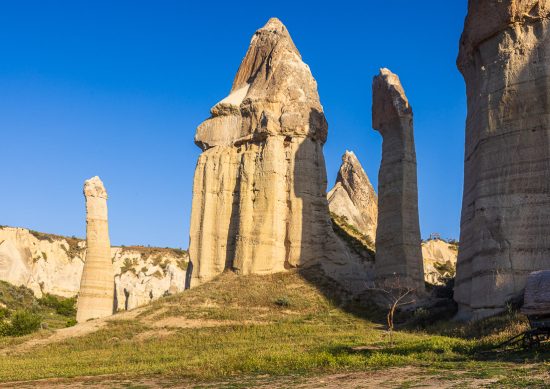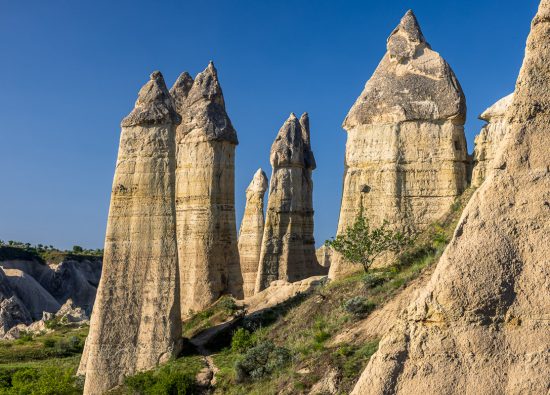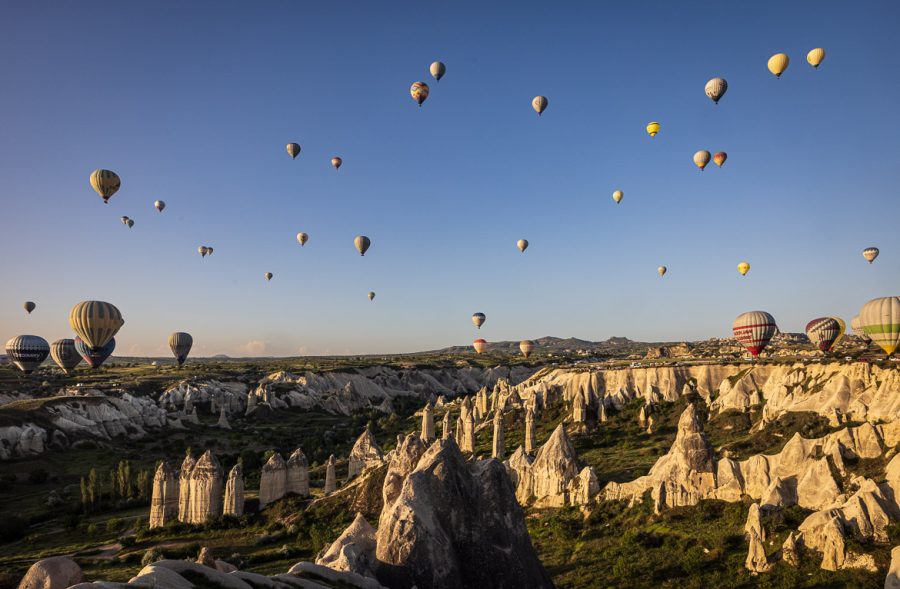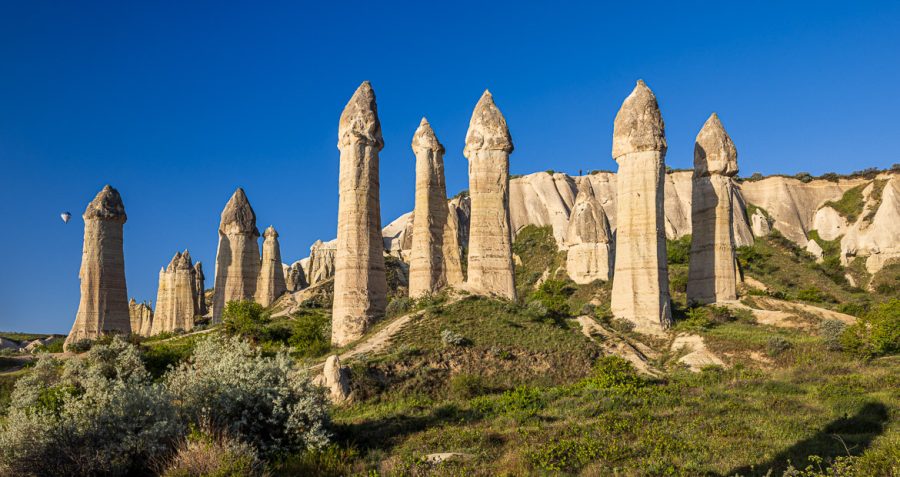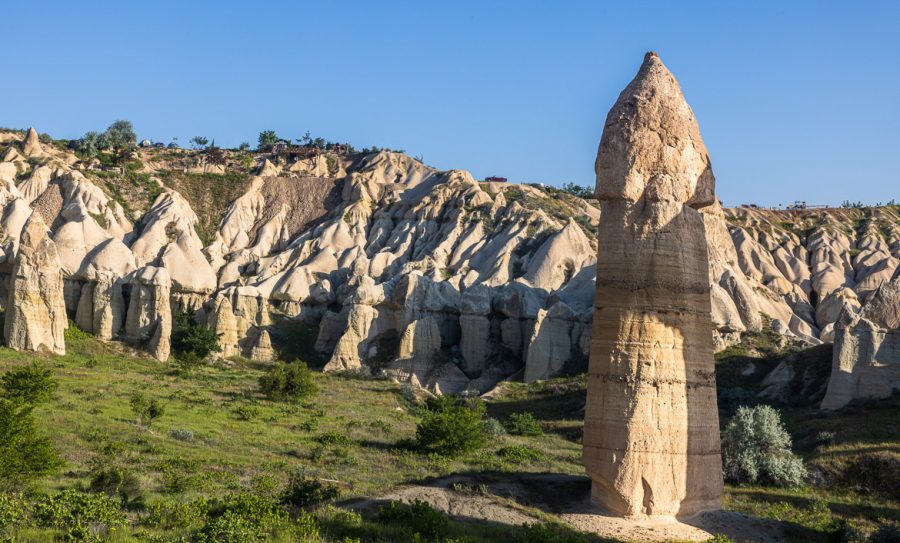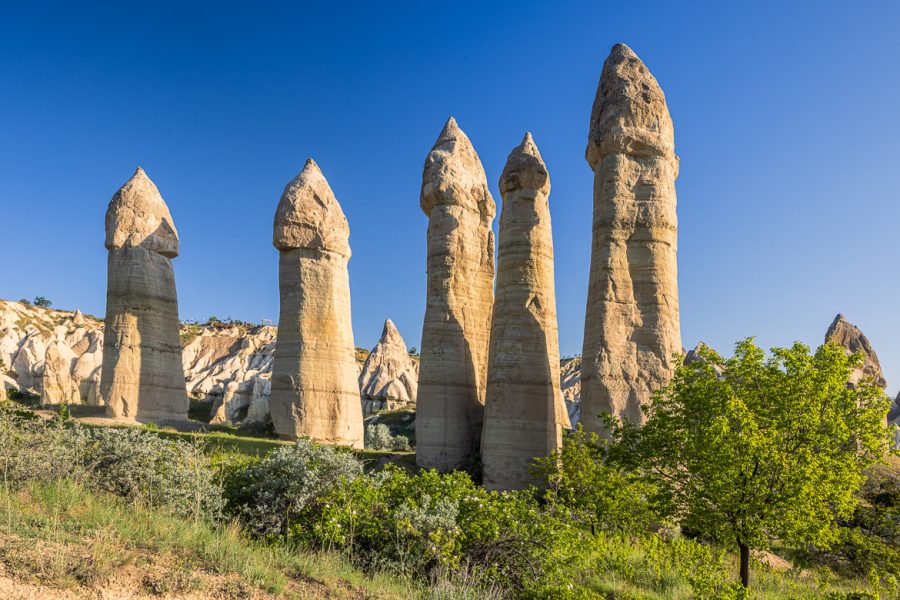
I have been away from social media for roughly one year. My last posts were in October 2023, when I explained that we were moving away from Knightstone after having lived in that lovely property for more than 20 years. We moved to a temporary abode, and I had to pack away both computer and hard disks and most of my camera equipment.
We had planned to settle into a new house a few months later, but circumstances made this impossible, and it took quite some while until Jennifer and I had found another place that we wanted to call our home. We have now moved to quite a different part of England and settled down in Herefordshire, a county so rural that it even has a cow in its county flag!
It will still take a few months until we are properly installed. At the moment our home mostly resembles a building site, and you have to wait a while for any photos from our new place. But we are able to hang up some of our clothes and I have unpacked my old computer, and Jennifer and I intend to go away to Slovenia in October for some new landscape photography.
I decided to start publishing some photos again from our adventures. And I will start exactly where I finished last October, when I had published some, but not all of our photos from Cappadocia, which Jennifer and I visited in May last year. What would be more appropriate than beginning this new period by posting some photos from Love Valley.
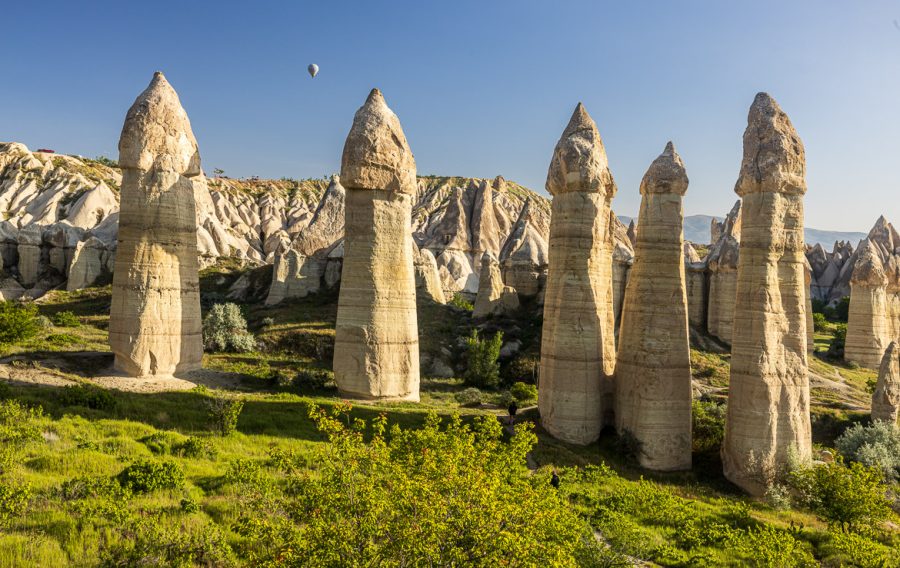
As I told you in earlier posts a year ago, Cappadocia was formed by volcanic eruptions around 30 million years ago. The whole region was covered in tuff, compressed volcanic ash. This soft stone has eroded over the millions of years forming the valleys and curious fairy chimney rock formations that now makes the region so famous.
Mixed with this soft tuff are more resilient materials like basalt rock that stays on top of the tuff and protects it, while the tuff underneath is eroded by wind and water over the millenias.
Walking in those valleys you are surrounded by spires that shoot up like erect phalluses crowned by the harder basalt on top. Those spires can reach a height of 40 metres or more, and walking alone with our photo equipment at the bottom of the valleys we felt very tiny.
